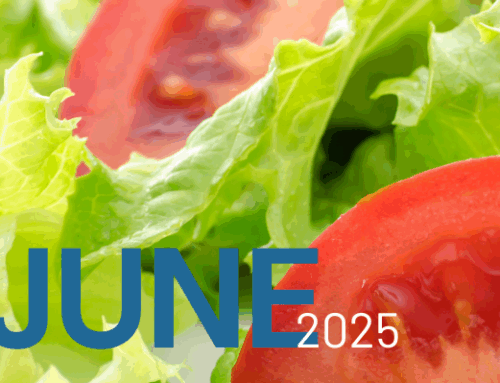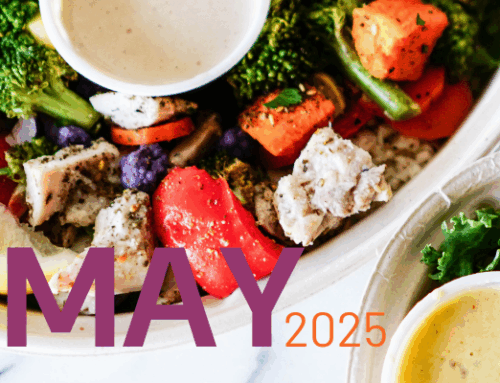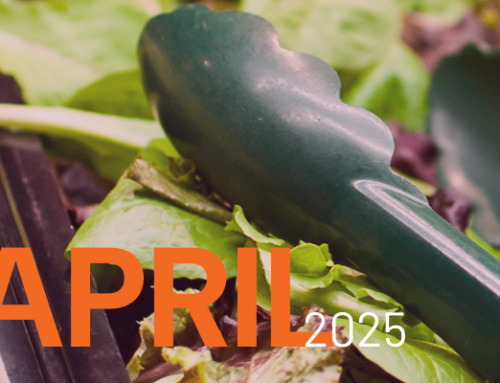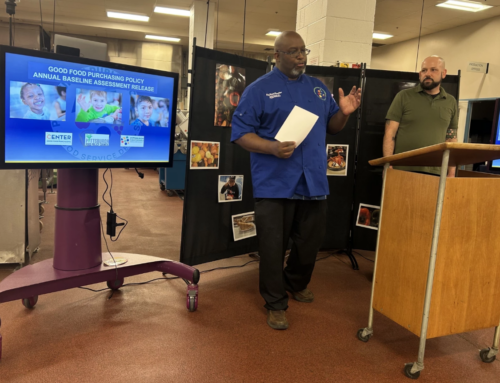Last week, a friend traveling in Bali saw my words in a storefront window display and texted me a snapshot to prove it: “Every time you spend money, you’re casting a vote for the kind of world you want. —Anna Lappé”
These words, spoken by me to an Oprah Magazine freelancer at a bar nearly two decades ago, have gone around the world and back again. And although I said them, they’re not exactly what I meant to convey. It’s not that I disagree with this time-tested sentiment: yes, when we shop, our choices make ripples—sometimes huge ones. But I know that in order to make the transformative changes we need, particularly when it comes to how we grow our food, we will have to do a whole lot more than shop differently. We’re going to have to organize. We’re going to have to realize that only together can our voices, and purchases, have the kind of world-changing impact we so need.
That’s why I was thrilled when I discovered a policy that is helping to do just that: to turn our solo voices into a collective shout. It’s called the Good Food Purchasing Program, launched in Los Angeles in 2012, and it channels the incredible purchasing power of public institutions in the United States. Every year, these institutions—from school districts to parks departments to city governments—spend billions of dollars on food. The National School Lunch Program and School Breakfast Program together spend roughly $16.4 billion annually. That’s a lot of money. In nearly every case, the purchase is made based on a simple mandate: choose the cheapest supplier.
“We’re going to have to organize. Only together can our voices, and purchases, have the kind of world-changing impact we so need.”
The Good Food Purchasing Program upends this dictate, inspiring public institutions to use a “values lens” instead, evaluating suppliers through benefits to worker well-being, animal welfare, local economies, environmental sustainability, and health.
The results have been huge. Since the Los Angeles Food Policy Council first developed and passed the program in that city’s schools, the city has seen over 320 workers gain on-the-job protections through a union contract and more than 220 new well-paid jobs created in the local economy. With the program in place, the city’s schools have increased the purchasing of local produce by redirecting $12 million to local fruit and vegetable growers, sourced wheat for bread products from local and sustainable growers, and signed a new multi-year, multi-million chicken contract with a provider who could help the district meet its commitment to purchasing chicken raised without the use of antibiotics.
Together with my team at Real Food Media and the Food Chain Workers Alliancealong with Center for Good Food Purchasing, which leads the program’s implementation across the country, we’ve been helping to spread the word about the impacts of policy adoption in Los Angeles and beyond. We’ve been hearing from people all around the country who want their tax dollars going toward making healthier, more vibrant communities.
And it’s catching on: The Good Food Purchasing Program has already been passed in four cities, including two of the three largest school districts in the country. Cook County, home to Chicago and the largest county in the country, adopted it earlier this year. Another fourteen cities—from Austin, Texas, to New York City—are enrolled in the Program. If all pass it, the program will influence a whopping $895 million worth of food purchases annually.
Nearly twenty years ago, when I sat down to drinks with that freelance journalist to talk about the power of voting with our forks, I didn’t have the Good Food Purchasing Program to point to, yet. But I do now. Through policies like this one, we can be sure that our public resources are helping create the world we want: one where farmers are supported and rewarded for using sustainable practices, animals are treated humanely and workers can count on needed protections and fair wages. A world where local economies thrive, and what we eat contributes to our health. Imagine that!





